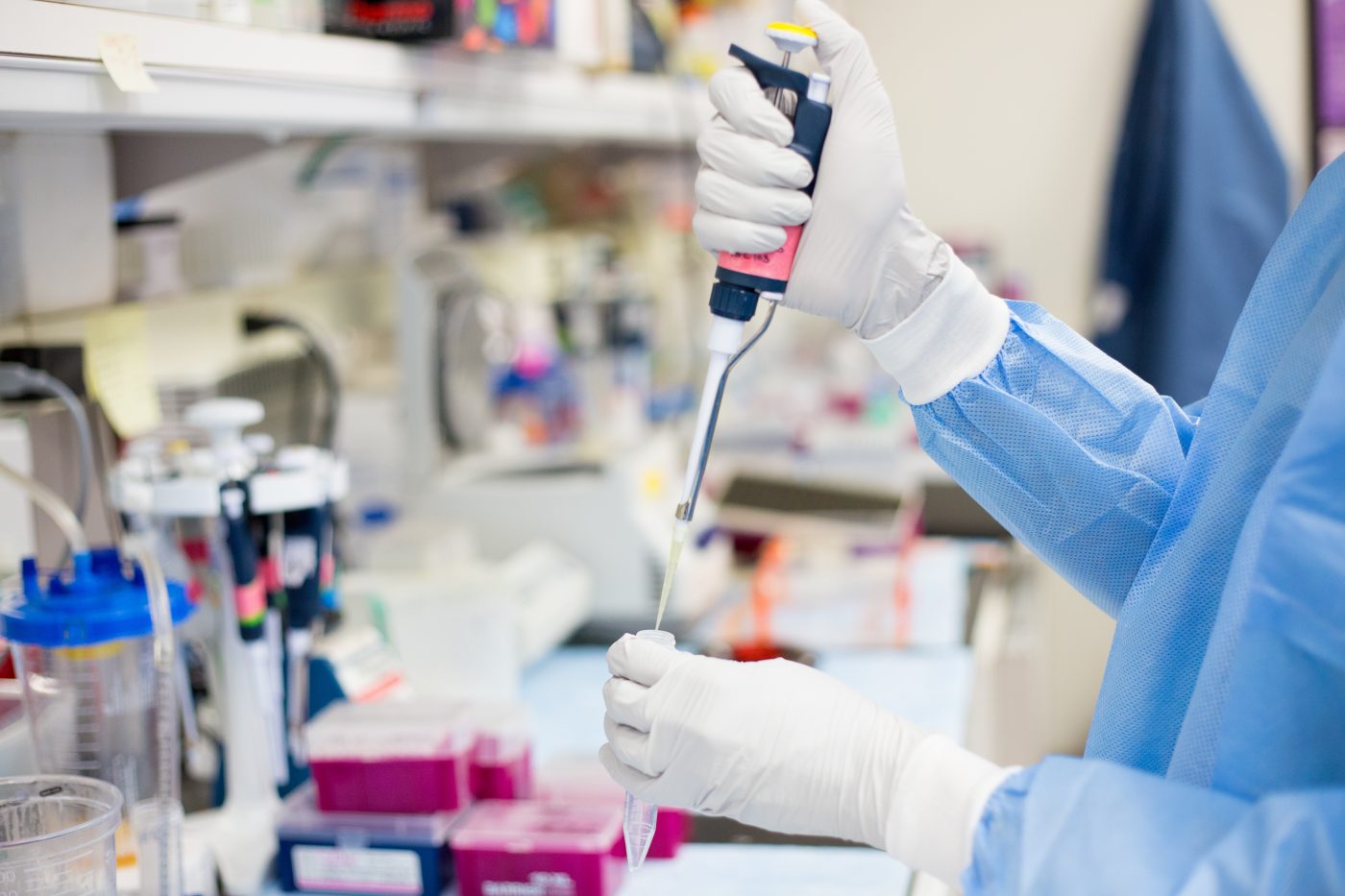Envisia Genomic Test Increases Confidence of IPF Diagnosis, Study Shows
Written by |

Veracyte’s Envisia Genomic Classifier, the first commercially available genomic test to help diagnose idiopathic pulmonary fibrosis (IPF), can help physicians identify the disease in patients where other tests have been inconclusive, according to real-world data from a recent study.
The study, “Employing Bronchoscopic Lung Cryobiopsy and a Genomic Classifier in the Multidisciplinary Diagnosis of Diffuse Interstitial Lung Diseases,” was published in the journal CHEST.
“This new publication adds to the growing body of clinical evidence showing that the Envisia classifier helps physicians make a more confident diagnosis of IPF,” Bonnie Anderson, chairman and CEO of Veracyte, said in a press release. “We believe our test can significantly improve care for patients with suspected IPF, helping them avoid unnecessary surgeries and receive appropriate treatment more quickly.”
One of the telltale signs of IPF is a distinct pattern of usual interstitial pneumonia (UIP) visible on high-resolution computed tomography (HRCT) scans of the lungs.
However, this pattern is not clear in some patients, making it difficult for physicians to determine if these patients have IPF or another type of interstitial lung disease (ILD). In such cases, a surgical biopsy that allows physicians to closely examine patients’ lung tissue is usually the best method to make an accurate diagnosis. However, this procedure is highly invasive and may lead to complications.
“Distinguishing IPF from other ILDs can be challenging even in settings where a multidisciplinary approach is used,” said Joseph Lasky, MD, professor of medicine at Tulane University and corresponding author of the study.
The Envisia Genomic Classifier is a new type of test that is designed to help physicians distinguish IPF from other ILDs, without having to resort to invasive, costly, and potentially risky surgery.
The test does so by combining RNA sequencing — a technique that allows scientists to examine all RNA molecules produced from active genes in a cell or tissue — with machine learning to identify the distinct UIP pattern that characterizes IPF. Veracyte is now preparing to launch the test in markets worldwide in 2021.
The new independent study, carried out by physicians from several institutions in the U.S., showed that the addition of the Envisia Genomic Classifier to bronchoscopic lung cryobiopsy (BLC) increased physicians’ diagnostic confidence in patients with a probable UIP pattern.
BLC is a diagnostic procedure in which a sample of lung tissue is frozen and taken to be examined while patients undergo a bronchoscopy — a procedure in which a physician inserts a flexible, lighted tube into a person’s lungs through the mouth or nose to examine the bronchi.
In the study, two multidisciplinary teams of physicians gathered to discuss the diagnosis of 24 patients with suspected IPF or other ILDs whose HRCT findings were inconclusive.
One of the teams reviewed patients’ radiological findings first, followed by BLC, and finally by the Envisia test, while the other team analyzed data from the Envisia test before the BLC findings.
In the overall group of patients, the diagnostic confidence in the first team of physicians increased from 46% to 75% following the addition of the Envisia test results to those obtained from the BLC. This increase was even higher for patients who had a probable UIP pattern (43% to 93%) and for those who received a final diagnosis of IPF (31% to 92%).
In the second team, the addition of the BLC findings to the Envisia test results increased physicians’ diagnostic confidence from 29% to 67% in the overall patient population. This increase was slightly higher among those who had a probable UIP pattern (27% to 73%).
Researchers also found the Envisia test results matched the final UIP or non-UIP diagnosis in 96% of the cases in the first team, and 92% in the second. These values were higher compared to those seen for BLC findings, which matched the final diagnoses in 83% of the cases in both teams.
Based on the results, the team concluded that the Envisia test “increased the diagnostic confidence when added to BLC in patients with a probable UIP pattern, and in appropriate clinical settings can be used without BLC,” they wrote.
“Our findings suggest that integrating Envisia classifier genomic data into the full context of recommended practice enables clinicians to increase their confidence in diagnosing IPF, particularly in patients whose imaging results suggest probable UIP, but for whom a secure diagnosis remains in doubt,” Lasky said.
Veracyte’s Anderson added: “These findings are important to helping us expand coverage with commercial payers, pursue clinical guideline inclusion and expand access for the Envisia classifier globally.”






